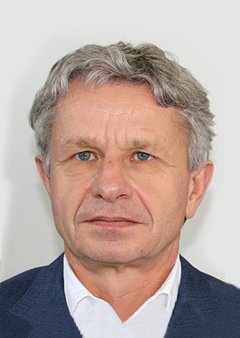Expert Profile
Dr. Grzegorz (Greg) Rzentkowski
2019/3/11 10:20:41

Greg has over 35 years of experience in mechanical and nuclear engineering. He began his nuclear career in 1989 in Ontario Hydro, Canada, as a Senior Research Engineer. Since joining the Canadian Nuclear Safety Commission in 1995, he has held progressively responsible positions in management of technical and regulatory programs. In 2008, he was named Director General of the Directorate of Power Reactor Regulation. He also chaired the Fukushima Task Force which developed Canada’s action plan for implementation of safety improvements.
Greg holds a Doctor of Philosophy in Mechanical Engineering and has served as Adjunct Professor at McMaster University in Hamilton, Canada. He published several research papers in scientific journals and conference proceedings, and proprietary reports prepared for the Nuclear Industry.
Abstract:The Fukushima-Daiichi accident demonstrated that even the best designed, constructed and operated engineering system, such as a power reactor, may eventually fail. In the aftermath of the accident, concerted international efforts to improve safety of Nuclear Power Plants (NPPs) resulted in distinct shift from accident prevention to accident mitigation. As a result, NPPs are now undoubtedly safer then there were before the accident. Most nuclear power plants have additional design features and mobile equipment, supported by extensive sets of Emergency Operating Procedures and Severe Accident Management Guidelines, to practically eliminate consequences of accidents, should an accident occur.
The concept of practical elimination is to be considered for both new and existing NPPs as part of an enhancement of reactor defense in depth. The new plants shall be designed so that they can be brought into a controlled state and the containment functions can be maintained so that the possibility of certain accident conditions arising, which could lead to an early radioactive release or a large release to require long-term protective measures and actions, is practically eliminated. For the existing plants, comprehensive and systematic safety assessments shall be carried out periodically and regularly throughout their lifetime to identify safety improvements that are oriented to meet the objective of practical elimination. Reasonably practicable or achievable safety improvements shall be be implemented in a timely manner, considering the relevant IAEA Safety Standards.

